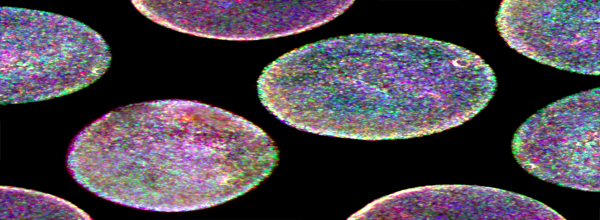In the previous article on EC numbers, I explained how the Enzyme Commission names enzymes, and why it is so important.
In this article I’d like to take you on a brief journey through the history of the Enzyme Commission. Like many histories in science (e.g. this!), it is fascinating and gives a useful perspective on how thing stand today.
Discovery of the first diastase… erm, I mean… “enzyme”
In 1833 Anselme Payen and Jean-François Peroz discovered a substance in malt extract that converted starch into sugar; they named it diastase. Diatase was the first recognized enzyme since the word “enzyme” and was not coined until 1876. All enzymes up until 1876 were called diastase [2,4]).
Enzyme naming post-1876
Most enzymes named after 1876 took the suffix “-ase” (the last three letters of diastase) and added it to a word indicating the substance on which they acted. This system is still used today, except for proteolytic enzymes, which often end with “-in”.
Apart from these rather limited conventions, the naming of enzymes in the early history of biochemistry was anything but systematic and many enzymes were given names that were not indicative of their function. Confusing.
Also, some catalytically dissimilar enzymes were called by the same name, or the same enzyme was known by many different names. Even more confusing.
1950’s: We need a naming convention – but how should it work?
In the 1950’s, two proposals were made on how to systematically name the rapidly growing number of enzymes. First, Otto Hofmann-Ostenhof proposed a classification based on the number of molecules participating in an enzymatic reaction, namely four molecules for Group 1 (hydrolases, transferases and oxidoreductases, which catalyze the general reaction A + B = C + D), 3 molecules for Group 2 (lyases and synthases, catalyzing A = B + C) and two molecules for Group 3, the racemases (A = B).
A few years later, Edwin Webb and Malcolm Dixon proposed a scheme that was also based on the type of reaction catalyzed and also contained three catagories, namely (A) Hydrolyzing Enzymes, (B) Transferring enzymes and (C) Other enzymes. Each of these groups was subdivided into subgroups and sub-sub-groups describing more precisely the nature of the reaction.
This classification, which makes up part of Dixon and Webb’s comprehensive 1958 book “Enzymes” [1], also serially numbered the 659 known enzymes from 1 to 659.
From a chemical point of view this scheme was somewhat artificial since, for example, hydrolases break bonds by the insertion of water (group A reaction), but this also involves the transfer of one part of a molecule to water (group B reaction). Nothing is perfect.
Enter the International Commission on Enzymes
Eventually Drs. Dixon and Hoffman-Ostenhof approached the President of the International Union Biochemistry, Marcel Florkin, and an International Commission on Enzymes was eventually established “To consider the classification and nomenclature of enzymes and coenzymes, their units of activity and standard methods of assay. . .”
This permitted the formal classification of described enzymes and the addition of new enzymes. The result was the current EC system described in the first part of this series. Simple.
I hope you’ve enjoyed this short series and that you now understand the EC system…. Any questions? just drop them in the comments section.
References (both parts of this series)
1. Dixon, M. and Webb, E. C. 1958. Enzymes. Academic Press, 782 p.
2. Kohler, R. 1971. The background to Eduard Buchner’s discovery of cell-free fermentation. J. Hist. Biol. 4:35-61.
3. Moore, J. T. and R. H. Langley. 2011. Biochemistry for Dummies. Wiley Publishing Inc., Indianapolis, In., 340 p.
4. Tipton, K. and S. Boyce. 2000. History of the enzyme nomenclature system. Bioinformatics 16:34-40.







